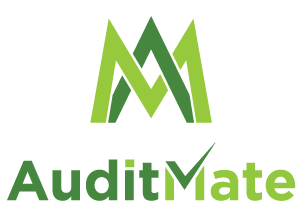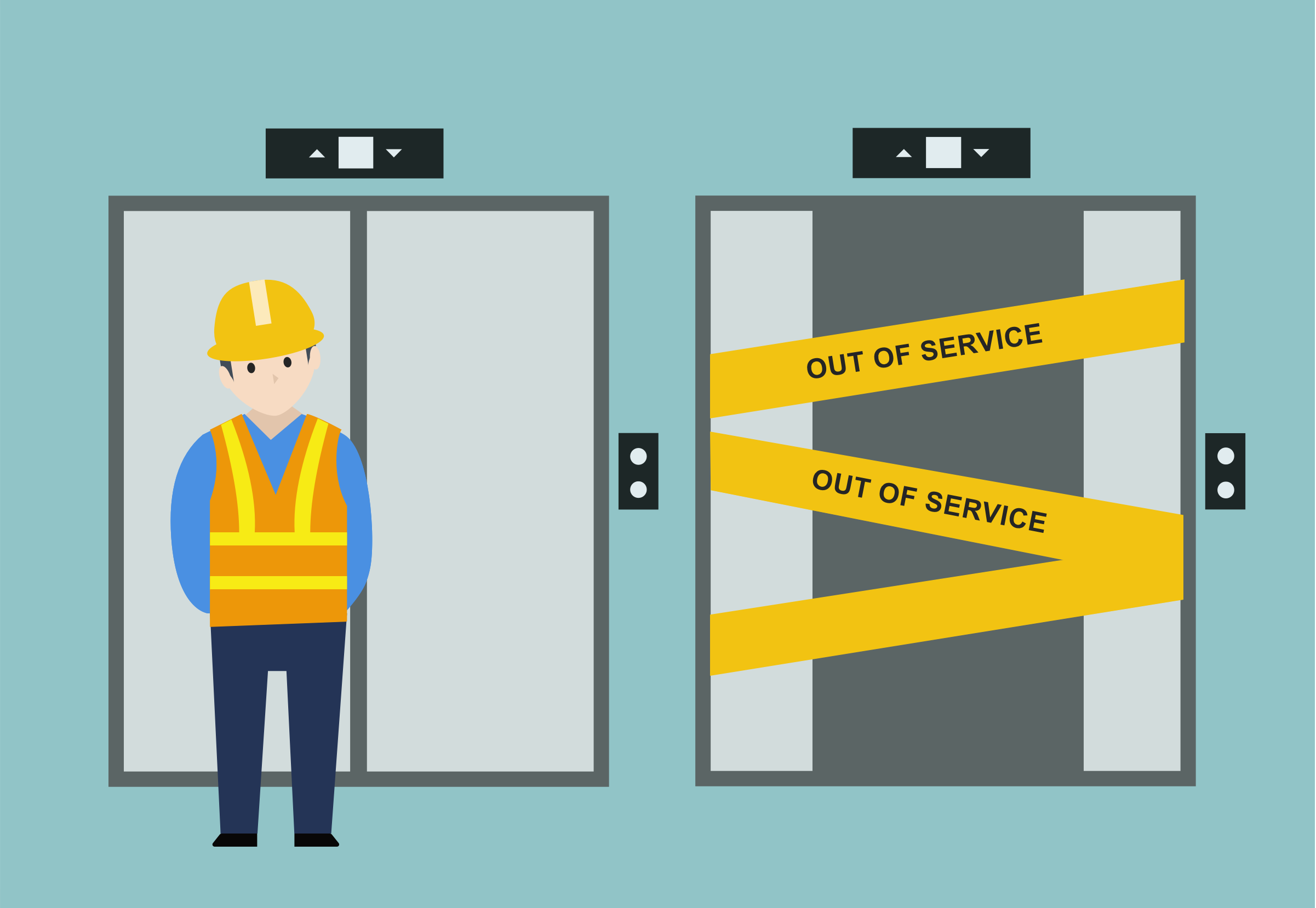When I was in the field every service mechanic carried a toolbox, tool bag, etc with them, wherever they went. Later in my career when I was managing more than 50 technicians, I would take a couple of days per quarter and do a ride-along with my service techs. I would pick out a top performer and one that needed coaching and see what the two of them did differently, then coach the less experienced person up.
One common denominator amongst the best technicians was they never went into the building without their tools and an intention. And conversely, the guy who needed coaching had a door pic, screwdriver, and flashlight and no plan, just a let’s see what we run into when we get their mentality. The top techs were good because they understood callback prevention maintenance. They went about their tasks with diligence and the goal of keeping the equipment reliable.
Today is certainly different, the industry has transformed into more of a plug-and-play style technician. Some of that is progress for sure, technological advancements have added some predictability to maintenance, and there have been advancements in the equipment where some of the components do not require the same level of maintenance as the older stuff. But the real difference, as I see it, is the embracing of reactive maintenance. Many service companies have embraced it, some technicians have embraced it, and unfortunately, some owners have unknowingly embraced it.
We are somewhat back to normal now and so I am back to traveling around the country and seeing lots of equipment and getting the opportunity to spend some quality time in hoistways and machine rooms with technicians. When I ask this question, tell me how you handle the door maintenance? (side note: I can look in the technician’s van or on a large job his parts cabinet and tell if they are doing door maintenance,) The answers I get are all over the board, rare when I get anything like “yes I have a systematic schedule to check locks, rollers, cables, belts, gibs, and tracks at every opening”. If you are not getting systematic door maintenance what you are getting is REACTIVE MAINTENANCE. The question we ask at AuditMate is, why should the client accept, pay for, or tolerate reactive maintenance? Why should the client have to deal with the downtime, inconvenience, complaints from the tenants, and disruption to business from the callback when it is PREVENTABLE, and when they are entered into and paying for a PREVENTIVE MAINTENANCE CONTRACT?
I am a realist and understand that not every callback is preventable, however, when you look at the data (this is exactly what AuditMate does, examine the data) we find that more than 57% of the callbacks are in fact preventable, and 39% of them are door related. Now listen that 57% is not all on the service company, misuse, user error and other external things are involved. But any way you slice it, a technician had to come to the job and resolve the issue.
The new monitoring devices and high-tech controllers are fantastic, and I love seeing all the new technology being used, but systematic door maintenance and proper machine preventive maintenance are non-negotiable tasks in an AuditMate contract, and the benefits of doing this work are indisputable in the reduction of callbacks and ensuring equipment longevity. Sounds simple right? So why does the ball get dropped on these two things so frequently? Because they are labor-intensive that’s why. Ask your technician if he gets enough time to do his job correctly in your building, I do ask, and 1 in 10 will say yes. Let’s use a 20-story building with a bank of 4 elevators as an example. It takes 2.8 hours for a competent technician to do the door maintenance on one elevator on all openings. This work should happen every 16 weeks on each elevator. Along with general housekeeping of machine rooms and pits and cartops and Machine maintenance fixture illumination maintenance. So, add an additional 2.4 hours for this work per car. So now we are at 5.2 hours per car X 4 cars = 20.8 hours per quarter or 5.2 hours per month. (by the way, these are not my hours these are the hours the technicians tell me they need to do this work) You are already paying for this work in your preventive maintenance contract, but I can tell you, from what I see in the field and what the data we pull shows us, it is happening less than 30% of the time. On average, when AuditMate does a contact analysis, we find the technician is spending less than 30% of the time required on the job to fulfill the maintenance needs. That is why our clients hire us, to get them what they are already paying for.
Now you are probably thinking, getting all that is going to cost me more than my budget can allow. Here is a fact, when we take you out of your contract and into an AuditMate contract, less than 10% of our clients end up paying more. That is why we say, “let us get you what you are already paying for”.
So back to how I started this, if you see your technician in the building and he does not have any tools with him, well then odds are there is not much preventive maintenance happening that day.
Next month we are talking Escalators stay tuned.

